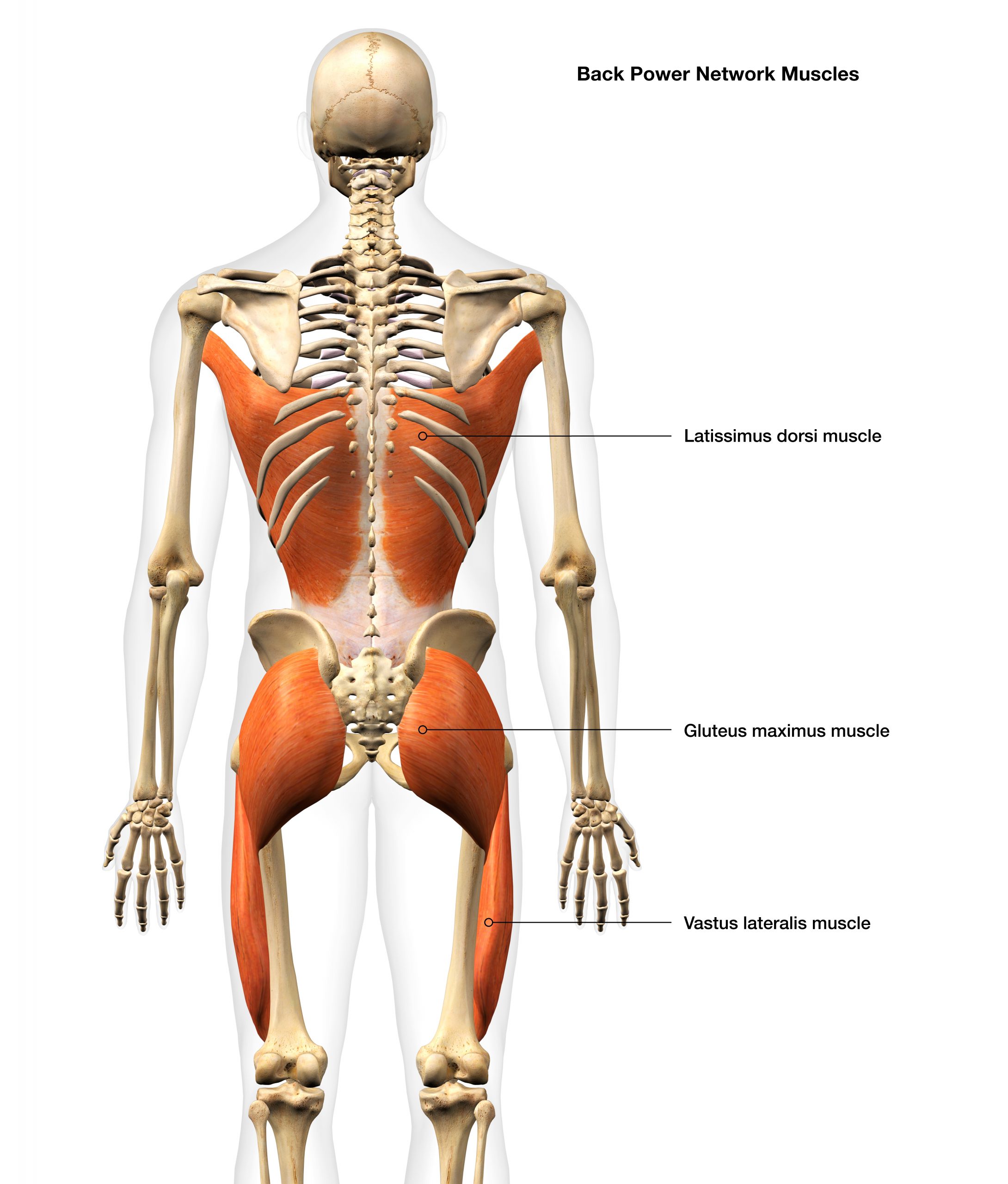Stop Trying To Fix Your Shoulder Pain In Isolation
2024-08-5
Jessica Bento, Physical Therapist (Creator DVRT Restoration Certification, DVRT Rx Shoulder, Knees, Pelvic Control, & Gait Courses)

As much as we like to think we are using functional training when it comes to addressing shoulder issues, I find most are still missing the bigger picture. I’ll be honest, it can be difficult as right after me there was another presenting actually teaching about the shoulder as well and literally teaching the exact OPPOSITE of what I was sharing. So, how do you know who is right? Let me go over why I think we can clarify the confusion around shoulders.
The Shoulder Is Weak?
We like to fix almost any issue in the body by addressing it with strength solutions, after all, when an area of our body is in pain, it must be weak right? Even muscle testing will show often that the muscle appears weak, but when we have damage to an area it will appear weak, but that doesn’t mean this caused the issue in the first place.
In reality, your shoulder could have become injured because you lacked proper movement and strength in the ankle, hips, and core. Research shows that in many activities where we are throwing, striking, or swinging something, a great majority of the movement is produced by our lower body and core.

The shoulder could have been plenty strong and cause us to look in all the wrong places for solutions.
Focusing On The Rotator Cuff, Serratus Anterior, and Posterior Shoulder Is Needed
This is sentiment is something I still even hear from my fellow physical therapists when it comes to treating shoulders issues. Yes, if you JUST had surgery and are in the very early stages of rehab, some isolated work probably needs to be done, but this often doesn’t look like what people generally think.
We know that all these muscles actually work together and other muscles to stabilize the shoulder and create force. As this paper in the The International Journal of Sports Physical Therapy describes (THE EFFECTS OF LOWER EXTREMITY AND TRUNK MUSCLES RECRUITMENT ON SERRATUS ANTERIOR MUSCLE ACTIVATION IN HEALTHY MALE ADULTS) describes…
“Several authors have illustrated myofascial connections by which the lower extremity and the trunk muscle activity may influence the scapular and the upper limb activity. Clinically such connections become evident when dysfunction in one area of the body can be related to a body region away from the primary site. Alteration of the knee flexion angle in tennis players decreased the contribution by the hip and trunk, lead- ing to increased loads and injuries at the shoulder and elbow.18 Posterior-superior glenoid labral tears were arthroscopically proven in athletes with weakness or tightness at the hip joint. The following myofascial linkages resulting in overlapping among the muscles of the shoulder complex and the trunk have been reported:
➢ Latissimus dorsi (LatD) and ipsilateral serratus anterior.
➢SA, ipsilateral rhomboid and external oblique (ExOb) muscle, and contralateral internal oblique, and femoral adductor muscle (FAd). The SA courses anteriorly around the rib cage to attach to the ribs and interdigitates with the ExOb. The fiber line of ExOb then becomes continuous with the internal oblique and FAd on the contralateral side. The orientation of these muscles, anatomi- cally linking the UE, trunk, and the LE across the front of the body is referred as the “serape effect”.

➢ LatD and contralateral gluteus maximus (cGMax) via thoracolumbar fascia.
Such crossing relationships among the neighboring muscles have been reported to influence each other and could increase stability and strength in that specific region.”
That is why when I presented exercises like you see above, these are actually more effective ways of addressing shoulder issues through more integrated and thoughtful means. Yes, what I use is on a case by case basis, but we can work with something with this philosophy at any level in their recovery. The drills below are how we can really develop far more effective strategies for shoulder health, strength, mobility, and stability.
Don’t the last 2 days to save on our special early bird pricing for our upcoming Chronic Pain masterclass starting April 15th! Use code “pain” HERE to save and get great education, CEUs, and evidence based solutions!
© 2025 Ultimate Sandbag Training. Site by Jennifer Web Design.







